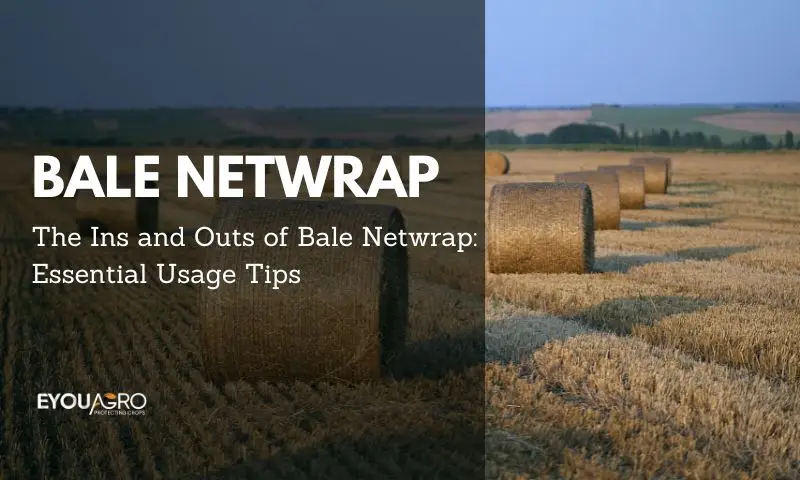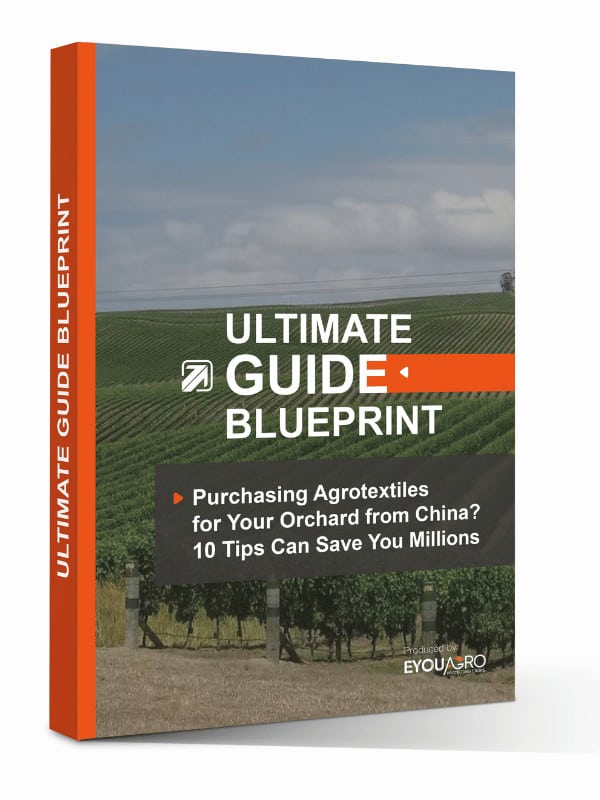Introduction
Bale netwrap is essential in the agricultural sector, enhancing the baling process by securing products and maintaining their quality. This article will guide you through the vital aspects of using bale netwrap, from determining the correct usage amount to identifying and preventing potential causes of damage.
Understanding Bale Netwrap
Bale netwrap is a woven material predominantly used to wrap and secure bales of hay, straw, or silage. Using bale netwrap brings about numerous advantages, such as improved bale shape and density, reduced storage space, less spoilage, and increased transportation efficiency.
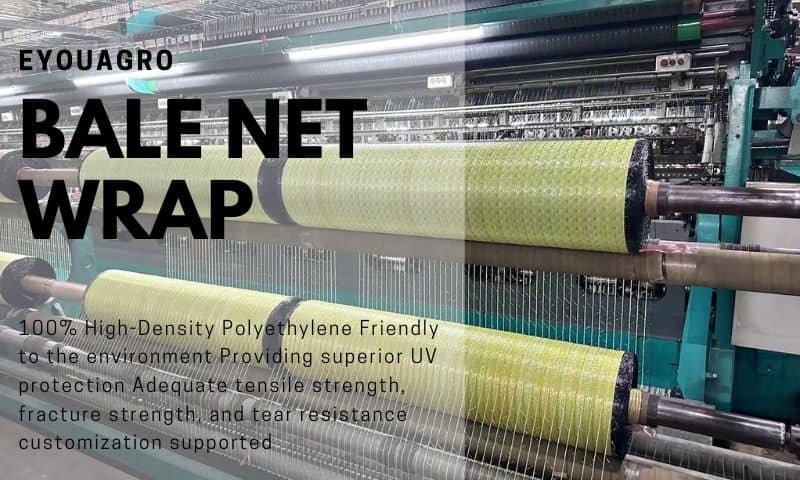
Understanding Bale Netwrap
Bale netwrap is a woven material predominantly used to wrap and secure bales of hay, straw, or silage. It is manufactured from high-density polyethylene, ensuring durability and longevity. To make it suitable for outdoor use, an ultraviolet (UV) stabilizer is added to the netwrap. This UV stabilizer allows the netwrap to maintain its integrity and performance even outdoors for up to 12 months.
Using bale netwrap brings about numerous advantages, such as improved bale shape and density, reduced storage space, less spoilage, and increased transportation efficiency. Not only does it secure the bales effectively, but it also protects them from weather elements, thanks to its UV stability.
Optimizing the Amount of Bale Netwrap
The usage of bale netwrap needs to be carefully gauged and is contingent upon several factors. A one-size-fits-all approach doesn’t apply here, as every situation demands a unique consideration. Let’s delve into these variables, which will aid you in determining the appropriate amount of netwrap required for your baling process. These factors include:
Type of Crop
The type of crop you are baling plays a significant role in determining the amount of netwrap needed. For instance, dry cereal crops like wheat hay, straw, and cereal grains exert more pressure on the netwrap compared to grass hay or alfalfa hay, thereby requiring a greater amount of netwrap for secure coverage.
As a general guideline, we recommend 2 wraps for grass and alfalfa hay due to their less abrasive nature. On the other hand, straw, cereal grains, and wheat hay, which have a more coarse texture, typically require 3 wraps for optimal security. Tougher crops, such as stalks, sudex, hay grazer, and milo stacks, are best secured with at least 4 wraps due to the high pressure they exert on the netwrap.
These recommendations serve as a starting point but remember to adjust the amount of netwrap based on your specific conditions and experiences.
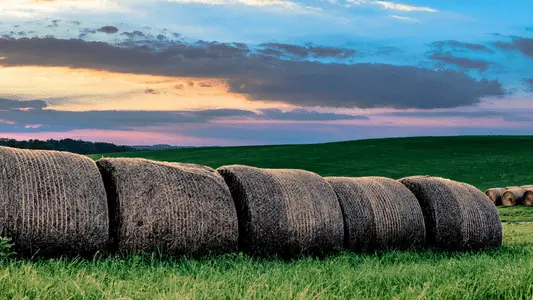
Size of the Bale
The size of the bale also influences the amount of netwrap required.
Larger diameter bales apply increased pressure on the netwrap, necessitating a higher number of net turns for proper coverage. It’s crucial to adjust the quantity of the netwrap accordingly to maintain the integrity of the bale.
Frequency of Handling
The frequency of handling a particular bale has a direct impact on the durability of the netwrap. Bales that are frequently moved or transported may require additional netwrap layers to withstand the increased wear and tear.
Technique of Managing the Bale
Your baling technique can also influence the amount of netwrap needed. For example, a tight baling technique can increase the pressure exerted on the netwrap, thus requiring extra layers for optimum security.
Considerations for Extreme Conditions
In extreme conditions, it is often necessary to add more netwrap to secure the bale properly. These conditions might include elevated baler density, exceptionally short or dry crops, extreme heat, frequent handling of the bale, high UV exposure, fields with many stones, and prolonged outdoor storage. When multiple extreme conditions coexist, it may be necessary to increase the number of wraps further. Always remember that these guidelines are meant to serve as a reference. Your unique conditions and experience should guide your final decision.
Causes of Bale Netwrap Damage
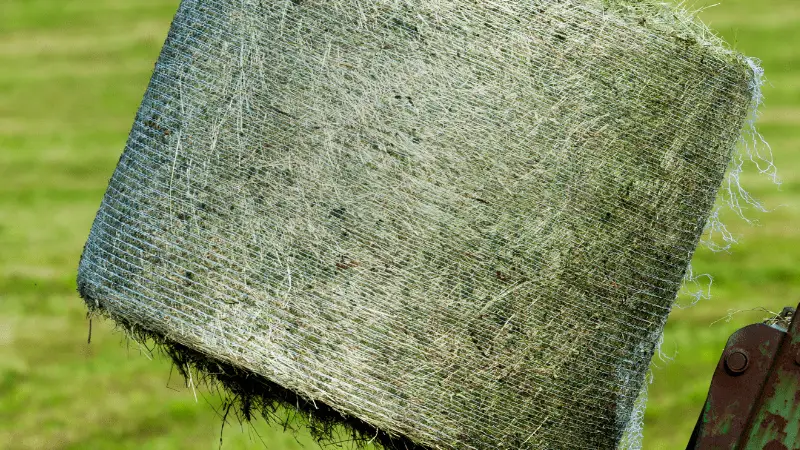
Understanding potential issues with the bale netwrap application is crucial to preventing damage. Let’s delve into the common causes:
Uneven bale surface
An uneven bale surface of the bale can cause increased pressure on the netwrap, compromising its durability and performance.
Netwrap trapped inside the bale
If netwrap is incorrectly applied and ends up inside the bale, it can lead to several problems, including increased bale diameter, potential netwrap damage, and insufficient bale security.
Oversized and densely packed bale
An excessively large and dense bale may get stuck inside the baler, causing potential netwrap damage.
Insufficiently smooth chamber side walls
Rough chamber side walls can hinder the bale’s free rotation during the baling process, leading to issues.
Incorrect baler alignment
If the baler is not properly aligned with the tractor, it can complicate the bale ejection process, creating obstructions and challenges.
Solutions and Recommendations for Common Issues
To ensure you make the most out of your bale netwrap, it’s important to mitigate the above issues:
- Ensure an even distribution of the crop in the bale chamber for a uniform bale surface.
- Apply netwrap only to the outer surface of the bale to prevent it from getting trapped inside.
- Regularly check the baler for potential obstructions and ensure that it’s properly aligned with the tractor.
- Adjust the size and density of your bales as per the capacity of your baler to prevent the bale from getting stuck inside the baler.
- Smooth the chamber side walls to ensure the bale rotates freely during the baling process.
Conclusion
In conclusion, understanding the correct usage amount and the potential causes of bale netwrap damage is essential for efficient baling operations.
By following the recommendations in this article, you can enhance your productivity while ensuring the quality of your bales.
At EyouAgro, we’re experts in manufacturing top-quality bale netwrap, agricultural protective netting,and accessories.
Every product we offer is designed with a deep understanding of our client’s needs.
Remember, your farming challenges are our mission.
Should you need assistance or have inquiries, don’t hesitate to contact us.

